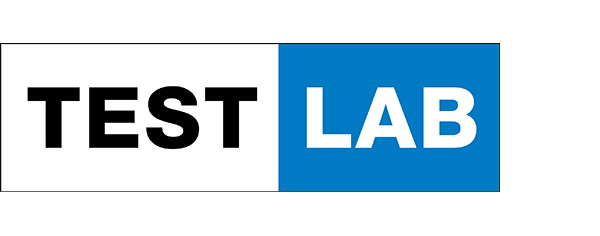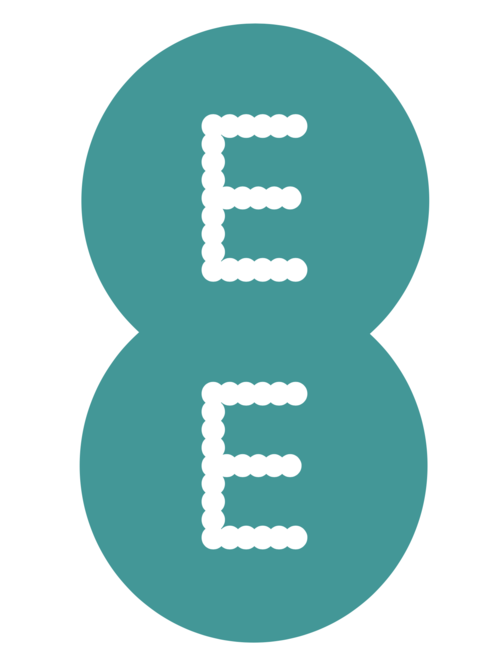Download English PDF version of the test here
THE 2018 MOBILE NETWORK TEST IN THE UNITED KINGDOM
FOR THE FIFTH TIME IN A ROW, THE BENCHMARKING EXPERT P3 AND THE ACKNOWLEDGED TELECOMMUNICATIONS MAGAZINE CONNECT HAVE CONDUCTED THEIR MOBILE NETWORK BENCHMARK IN THE UK. IN A MARKET CHARACTERISED BY ITS CONTINUOUS UPGRADING OF 4G NETWORKS, GROWING DATA RATES AND ENHANCEMENTS SUCH AS VOICE OVER LTE, WE WANT TO FIND OUT: WHICH OPERATOR OFFERS THE BEST MOBILE NETWORK?
P3, headquartered in Aachen, Germany, is a world leader in mobile network testing. The company has over 3,500 employees worldwide and a turnover of more than 350 million Euros. P3 is partnering with the international telecommunications magazine connect, which has 25 years of editorial expertise and is one of the leading test authorities in Europe for telecommunications products and services. Together, P3 and connect have been conducting the most important network benchmark test in Germany for more than 15 years, extending it to Austria and Switzerland since 2009. Starting in 2014, P3 has also been conducting benchmarks in the UK and Australia, expanding its public mobile network tests to the Netherlands, Spain and Sweden in 2016 as well as examining many other mobile networks all over the world including those in the USA and Singapore. The 2018 P3 connect Mobile Benchmark in the UK consists of drivetests and walktests conducted from October 30 to December 3, 2018. Four drive test cars together covered about 11,750 kilometres, visiting 22 cities and 35 towns. Additionally, two walktest teams visited ten cities and travelled on trains between them. The test areas account for approximately 16.6 million people, or about 26.2 per cent of the total population of the United Kingdom.
RESULTS IN A NUTSHELL
THE OVERALL RANKING OF THIS YEAR’S P3 CONNECT MOBILE BENCHMARK IN THE UK LOOKS FAMILIAR. BUT IN THE DETAILED CATEGORIES, THE OPERATORS SHOW VARYING RESULTS – IMPROVING IN SOME AREAS, BUT LOSING GROUND IN OTHERS.
P3‘s network benchmarks are widely accepted as being highly objective and defining the de-facto industry standard The carefully designed methodology of the 2018 benchmark in the UK combines drivetests and walktests for executing detailed voice and data measurements under controlled circumstances with a sophisticated crowdsourcing approach. This provides profound insights into the overall coverage of voice, data and 4G services, real-world User Download Speeds and Data Service Availability. For the first time in the UK, this year we have extended our walktest to also cover railway connections. P3‘s holistic approach to network benchmarking includes both drivetest and walktest measurements as well as crowdsourcing. The drive and walktests allow for evaluating the cutting edge of the networks‘ capabilities. Crowdsourcing unveils the service quality, performance and coverage actually experienced by the users. We have thoroughly weighted these components in order to give a realistic and authoritative assessment of the rated networks‘ true potential and performance.
EE TAKES THE OVERALL LEAD, VODAFONE ALSO STRONG IN CITIES AND ON THE ROADS. THREE OFFERS BEST DATA PER-FORMANCE IN TOWNS, O2 RANKS SECOND IN CROWD SCORE.
In the voice category, EE is clearly leading, showing strong results in all tested scenarios and delivering excellent speech quality due to its use of the modern EVS (Enhanced Voice Services) codec. Vodafone offers excellent success ratios for voice calls in the city walktests together with EE. Three ranks third and O2 last, with both offering good voice results in the towns. In the data tests, EE shows the best results as well. This is applicable for the city drivetests, on the roads and – at a lower level – on railways. In the city walktests, EE and Vodafone are on a par, with the other two lagging behind. Three shows the best data performance in towns. In the crowd score, EE takes the lead in all categories, particulary in the crowdsourced quality. It did not suffer any service degradations from May to October 2018. O2 ranks second in the crowdsourcing and Vodafone third, only one point behind O2. Three follows at some distance on the last rank in the crowd discipline but proves to be also very reliable with only hour of service degradation in the observation period. All UK operators show considerable room for improvements on the railways.
“EE is the winner with strong results in all disciplines and scenarios. Vodafone achieves a good second rank. Three is strong in towns, but overall only performs satisfactory. O2 scores last and achieves the grade “satisfactory” the same as Three.”
THE UK OPERATORS
EACH OF THE FOUR MOBILE NETWORKS COMPETING IN THE UK CLAIMS TO HAVE GROWING SUBSCRIBER NUMBNERS. EE AND O2 ARE THE LARGEST PLAYERS, FOLLOWED BY VODAFONE, WITH THE SMALLER THREE ATTACKING WITH AGGRESSIVE TARIFFS.
With approximately 30 million customers, EE (formerly Everything Everywhere) is the biggest mobile network operator in the UK. Since January 2016, EE has been part of the British Telecom Group. EE started offering a 4G service in October 2012. Regarding their 4G coverage, EE has chosen to report geographic coverage instead of popu-lation coverage from now on. In this context, they refer to the Connected Nations Report by UK’s regulator Ofcom and thus quote to currently offer 84 per cent 4G geographic coverage.
EE operates its 4G network at 800 MHz, 1800 MHz and 2600 MHz. Additionally, it operates 2G at 1800 MHz and 3G at 2100 MHz. EE operates a growing number LTE Advanced network cells that support speeds of up to 450 Mbps under the name “4GEE”. Also, EE offers Voice over LTE (VoLTE) in most of its 4G network. All plans come with 4G at no extra cost.
O2 claims to be the second largest mobile network operator in the UK with approximately 25 million customers. Formerly a subsidiary of British Telecom, O2 plc was purchased by the Spanish telecommunications company Telefónica in 2006. Today, the company also owns half of the mobile virtual network operator Tesco Mobile which operates on the O2 network in the UK. O2 started providing its 4G service in August 2013 and has expanded this service across the UK since. In November 2018, O2 claimed to cover approximately 99 per cent of the UK population with its 4G service. O2 operates its 4G network mainly on 800 MHz with limited additional 1800 and 2100 MHz coverage in metropolitan areas. Additionally, O2 provides 2G on 900 and 1800 MHz and 3G on 900 and 2100 MHz. Like the other UK operators, O2 has rolled out Voice over LTE (VoLTE) in most of its 4G network.
Vodafone UK is part of the Vodafone Group which is also headquartered in the UK. The Vodafone Group owns and operates networks in 21 countries. Vodafone UK launched 4G/LTE in 2013. With around 17 million mobile subscribers, Vodafone is the third largest mobile network in the UK after EE and O2. In June 2012, Vodafone and O2 signed a deal to “pool” their network technologies, creating a single national grid of 18,500 transmitter sites. Both networks however announced they would continue to use their own independent spectrum. Vodafone operates 4G/LTE at 800, 1800, 2100 and 2600 MHz and claims to cover 99 per cent of the UK population. Additionally, Vodafone offers 2G at 900 and 1800 MHz plus 3G at 900 and 2100 MHz. With “Carrier Aggregation”, Vodafone is upgrading its 4G network to “4G+”, offering up to 1 Gbps – as well as Voice over LTE (VoLTE) telephony.
Three UK is a subsidiary of Hutchison Whampoa and launched its mobile service in the UK in 2003. As a relatively young operator Three started as a 3G-only network supplemented by 2G via national roaming. In December 2013, Three began to roll out its 4G/LTE service and expanded it rapidly all over the UK. With about 10.1 million customers Three is the smallest mobile network operator in the UK but claims to carry over 36 per cent of the nation‘s data traffic. Offering the cheapest price for 4G and unlimited data plans (excluding tethering) may well support this claim.In addition to 1800 MHz, Three offers 4G also at 800 MHz as well as 3G on 2100 MHz. The company currently claims to cover 99 per cent of the UK‘s population with at least 3G. According to their own account, abut 84 per cent of Three’s customer base is using 4G. The operator has also started to deploy Voice over LTE (VoLTE) in most of its 4G network.










